Ordering Rational Numbers
- Ordering Rational Numbers – Definition
- Comparing Rational Numbers – Methods
- Common Fractions and Equivalent Decimals
Learning text on the topic Ordering Rational Numbers
Ordering Rational Numbers – Definition
Before you begin this learning text about ordering rational numbers, make sure you are familiar with Decimals Greater than 1 as Fractions, Ordering Fractions on a Number Line, and Comparing Decimals on a Number Line: Up to Thousandths as all of these topics are crucial for understanding how to order rational numbers.
Ordering rational numbers means arranging them from smallest to largest or largest to smallest. Rational numbers include fractions, decimals, and whole numbers.
To order rational numbers, we need to compare their sizes. This can sometimes be tricky, especially with fractions and decimals, but don't worry, we've got some easy methods to follow!
Comparing Rational Numbers – Methods
- Comparing Whole Numbers: This is straightforward. Larger numbers are greater (e.g., 5 is greater than 3).
- Comparing Fractions: To compare fractions, they must have the same denominator. If they don’t, you will need to find their equivalent fractions. Then, the fraction with the larger numerator is greater.
- Comparing Decimals: Line up the decimal points and compare digits from left to right, as the value of the digits from left to right decreases with each place value we move along (5 hundreds is a greater value than 5 tens). The first different digit determines which is greater or smaller based on the value of the digit.
- Comparing Fractions and Decimals: Convert them to the same type (either both fractions or both decimals) and then compare them as usual. View the video on Decimals Greater than 1 as Fractions to get an idea of how this can work.
To order rational numbers, you can follow these steps:
| Step | Description |
|---|---|
| 1. Convert Number | Convert fractions and decimals to the same form if needed, for easier comparison. |
| 2. Understand Relationship | Determine the relationship between numbers (which is larger, smaller, or if they are equal). |
| 3. Order Rational Numbers | Arrange the numbers in the required order (smallest to largest or largest to smallest), by converting them back to their original expression. |
| 4. Convert to Original Expressions | Now the rational numbers are ordered, it’s important to convert any changed values back to their original expression. |
Common Fractions and Equivalent Decimals
Here is a table you can reference that shows some commonly used fractions and their decimal equivalents. This is not a complete list, and you can copy this and add any additional ones you know of!
| Fraction | Decimal Equivalent |
|---|---|
| $\frac{1}{2}$ | 0.5 |
| $\frac{1}{3}$ | 0.33 |
| $\frac{2}{3}$ | 0.67 |
| $\frac{1}{4}$ | 0.25 |
| $\frac{2}{4}$ | 0.5 |
| $\frac{3}{4}$ | 0.75 |
| $\frac{1}{5}$ | 0.2 |
| $\frac{2}{5}$ | 0.4 |
| $\frac{3}{5}$ | 0.6 |
| $\frac{4}{5}$ | 0.8 |
| $\frac{1}{10}$ | 0.1 |
| $\frac{3}{10}$ | 0.3 |
| $\frac{7}{10}$ | 0.7 |
| $\frac{9}{10}$ | 0.9 |
Ordering Rational Numbers – Detailed Examples
Now, let's try some examples together. Pay close attention to each step.
Order these rational numbers from smallest to largest: 4, $\frac{7}{3}$, 2.3
Convert numbers: $\frac{5}{2}$ as a decimal is 2.5.
Understand the Relationship: Notice that $\frac{5}{2}$ is 2.5, which is greater than 2.3, but less than 4.
Order the Numbers: Since 2.3 is less than 2.5, and both are smaller than 4, the order is 2.3, 2.33, 4.
Convert to Original Expressions: The order with original expressions is 2.3, $\frac{5}{2}$, 4.
Arrange these rational numbers from largest to smallest: 4/5, 0.9, 3/6
Convert numbers: $\frac{4}{5}$ is 0.8, and $\frac{3}{6}$ is 0.5.
Understand the Relationship: Notice that $\frac{4}{5}$ is larger than $\frac{3}{6}$, but 0.9 is larger than both.
Order the Numbers: From largest to smallest, the order is 0.9, 0.8, 0.5.
Convert to Original Expressions: The order with original expressions is 0.9, $\frac{4}{5}$), $\frac{3}{6}$.
Ordering Rational Numbers on a Number Line
Rational numbers can often be close in value, which is why it is important to be accurate with your conversions of these numbers. Let’s look at the first problem from above, where the order from largest to smallest was 0.9, $\frac{4}{5}$), $\frac{3}{6}$. These values in decimal were 0.9, 0.8, 0.5. Let’s arrange these numbers on a number line.
Ordering Rational Numbers – Guided Practice
Let's practice ordering rational numbers together.
Arrange these numbers from largest to smallest: 0.6, $\frac{1}{5}$, 0.15
Ordering Rational Numbers – Application
Try solving these exercises on your own to practice ordering rational numbers!
Ordering Rational Numbers – Summary
Key Learnings from this Text:
Rational numbers include whole numbers, fractions, and decimals.
Convert fractions and decimals to the same form to compare them easily.
Remember to align decimal points when comparing decimals.
When fractions have the same denominator, the larger numerator means a larger fraction.
Explore more with interactive exercises and quizzes on our platform. Keep practicing, and you'll be a pro at ordering rational numbers in no time! If you're looking for more challenges, Decimal Forms of Rational Numbers is your next text to engage with!
Ordering Rational Numbers – Frequently Asked Questions
Ordering Rational Numbers exercise
-
What is the definition of a rational number?
HintsExamples of rational numbers are $3$, $8$, -$2$, $\frac{1}{2}$.
A rational number terminates, therefore $\sqrt{3}$ is not a rational number because the value of this is $1.732050808...$ which never ends.
A rational number can be less than $1$. For example -$3$, -$5$ and -$2.3$ are all rational.
SolutionA rational number is a number that can be written as a fraction, where the denominator and numerator are integers.
Integers are whole numbers.
For example, $0.4$ is rational, as it can be written as $\frac{2}{5}$
-
Order rational numbers from least to greatest.
HintsArrange the amount of pie each person has left, from least to greatest.
Convert all the fractions to decimals. For example,
Line the decimals up with the decimal points and compare from left to right. For example, we can see the decimals lined up here. We start from left to right to find the smallest number first.
SolutionResults are seen in the table.
We convert all the numbers to decimals
$\frac{1}{4}$ = $\frac{25}{100}$ = $0.25$
$\frac{1}{5}$ = $\frac{20}{100}$ = $0.2$
Line them up with the decimal points and compare from left to right
$0.30$
$0.25$
$0.19$
$0.20$
The zeros help with comparison.
$0.19$ is the smallest, then $0.2$, then $0.25$, and $0.3$ in $4$th place.
-
Arrange the following rational numbers on the spreadsheet from least to greatest.
HintsConvert and order the negative numbers and the positive numbers separately, before putting them together.
Convert the numbers to decimals and split them into positive and negative.
Converting to decimals we can change $\frac{-7}{4}$ to a mixed number = $-1$ whole and $\frac{3}{4}$.
$\frac{3}{4}$ = $\frac{75}{100}$ = $0.75$
Therefore, $\frac{-7}{4}$ = $-1.75$
SolutionLeast to greatest:
- $-2$
- $ -1.8$
- $\frac{-7}{4}$
- $1$
- $1.5$
- $\frac{5}{2}$
Convert all the numbers to decimals and split them into positive and negative.
Positive Numbers: $1.5$, $1$ and $\frac{5}{2}$ = $2.5$
Negative Numbers: $-2$, $-1.8$ and $\frac{-7}{4}$ = $-1.75$
-
Find the median number of the following list.
HintsThe median is the middle number when the values are arranged from least to greatest.
1) Convert any fractions to decimals.
2) Arrange the values from least to greatest.
3) Find the middle number, which is the median.
We find the median by arranging the data from least to greatest, then choosing the middle value.
For example, $3$, $5$, $2$, $1$, $8$.
Arrange from least to greatest $1$, $2$, $3$, $5$, $8$
$\bf{3}$ is the middle, so it is the median!
SolutionMedian = $\bf{0.77}$
Convert the numbers to decimals. then order them from least to greatest.
$\frac{3}{4}$ =$ 0.75$
$\frac{7}{10}$ = $0.7$
$\frac{4}{5}$ = $0.8$
Line them up and the median is the middle number
$0.70$, $0.75$, $\bf{0.77}$, $0.80$, $0.90$
-
Arrange the following rational numbers from least to greatest.
HintsRemember, $\frac{11}{10}$ = $1.1$, greater than $1$.
Line the numbers up with the decimal points, and compare from left to right.
It may help if you draw a number line and position the numbers on there.
Solution$0.93$, $\frac{19}{20}$, $\frac{11}{10}$, $1.2$
- Convert any fractions to decimals:
$\frac{11}{10}$ = $\frac{110}{100}$ = $1.1$, (see number line)
- Line them up with the decimal points and compare from left to right.
$0.95$
$1.20$
$1.10$
$0.93$
The zeros help with comparison.
-
When $a = 0.2$ order the following from least to greatest.
HintsSubstitute the value $0.2$ into each expression.
For example, $2a = 2 \cdot 0.2 = 0.4$
Convert the values to decimals for comparison and order the values from least to greatest.
Solution- $a^2$
- $\frac{a}{2}$
- $2a$
- $a + 1$
${}$ Evaluate each expression for $a=0.2$.
$2a = 2\times 0.2 = \bf{0.4}$
$\frac{a}{2} = \frac{0.2}{2} = \bf{0.1}$
$a^2 = 0.2 \times 0.2 = \bf{0.04}$
$a + 1 = 0.2 + 1= \bf{1.2}$
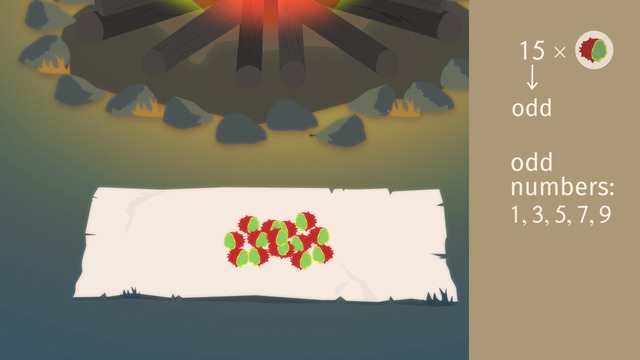
Even and odd numbers

Divisibility Rules - 3, 6, 9
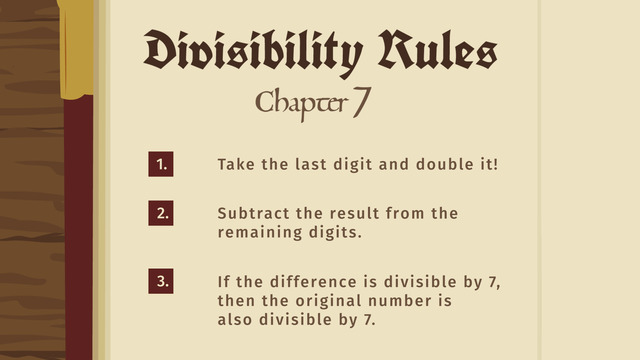
Divisibility Rules - 7
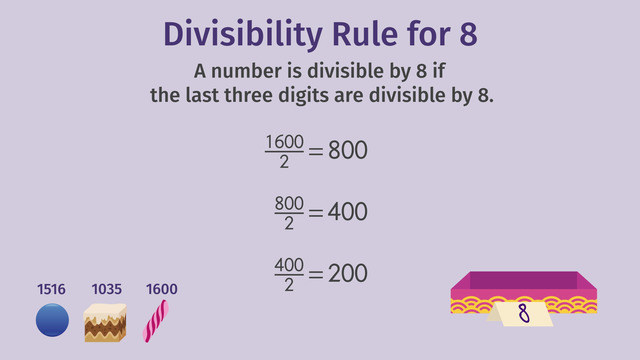
Divisibility Rules - 4, 5, 8, 10
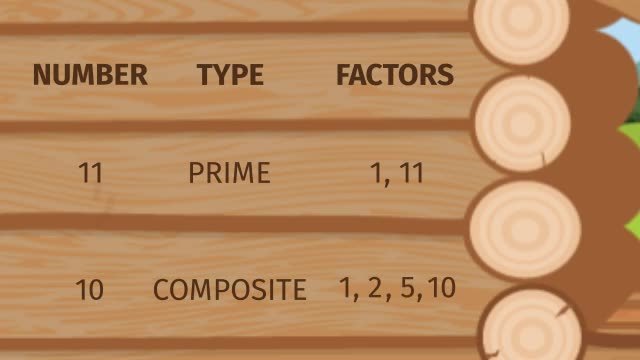
Prime Numbers
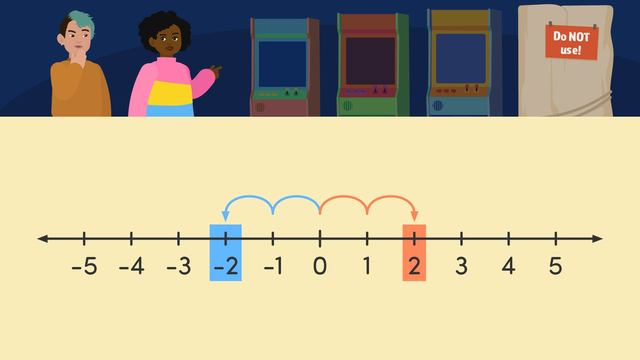
Integers and their Opposites
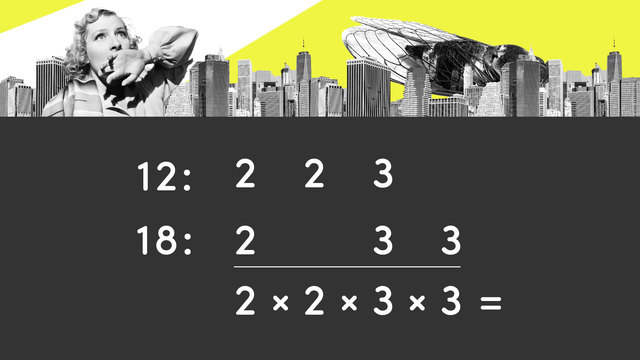
Least Common Multiples
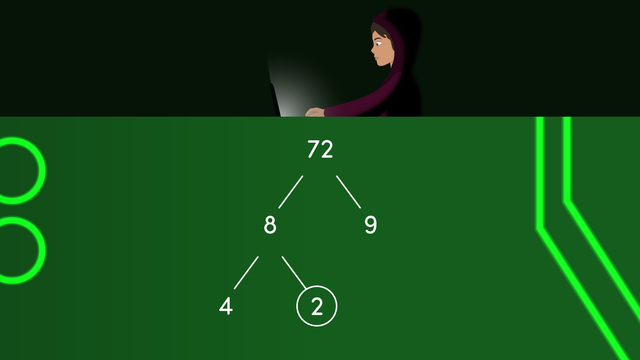
Prime Factorization

Adding and Subtracting Rational Numbers on a Number Line
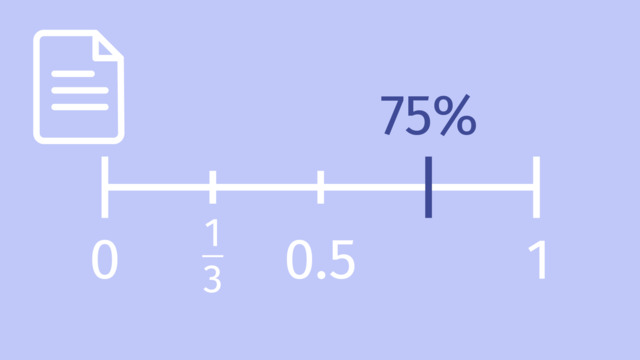
Ordering Rational Numbers
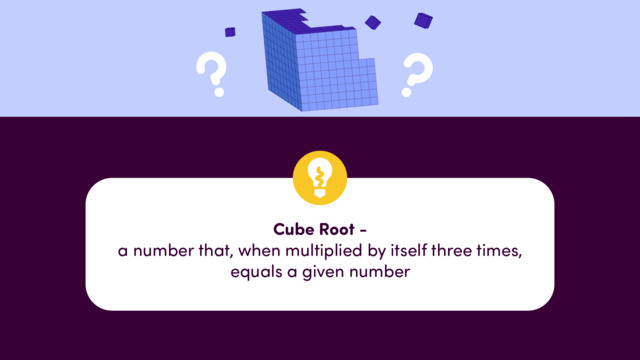
Cube Roots
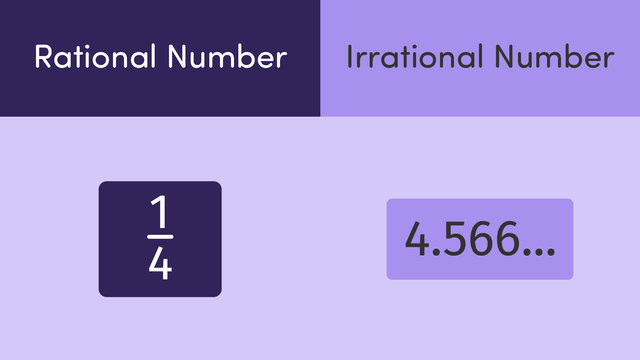
Rational and Irrational Numbers
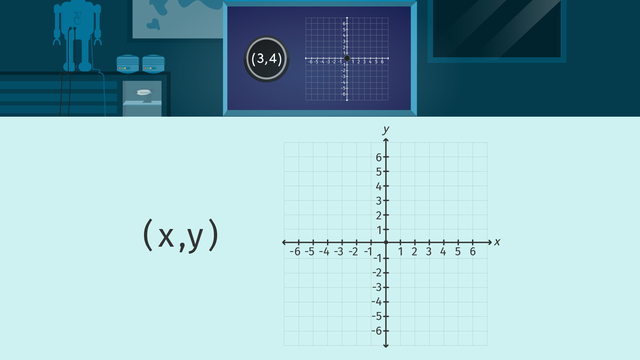
Ordered Pairs on the Coordinate Plane

Finding the Greatest Common Factor

Adding and Subtracting Decimals
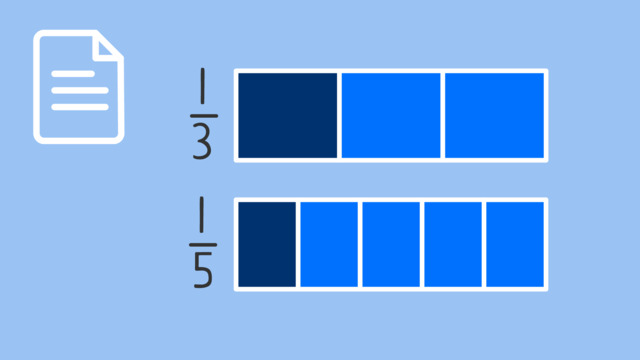
Comparing Fractions

Equivalent Fractions

Simplifying Fractions
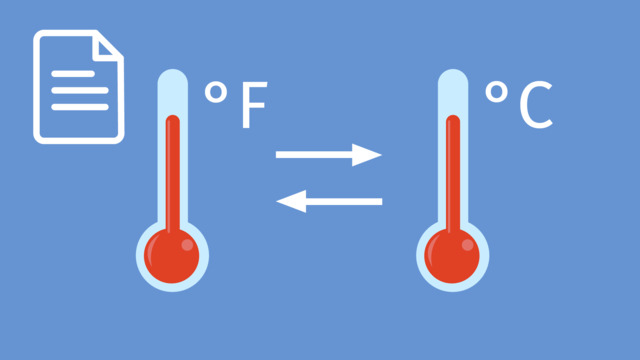
Temperature Conversion

Decimal Expansions
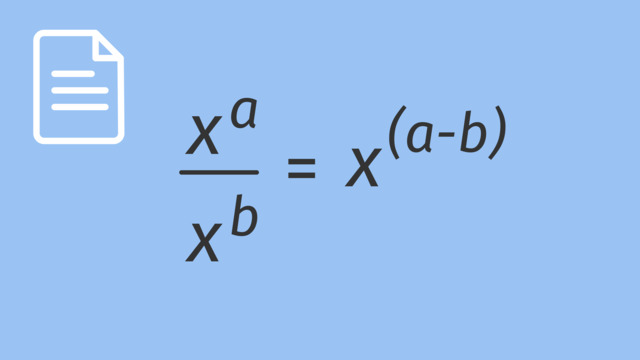
Division with Exponents
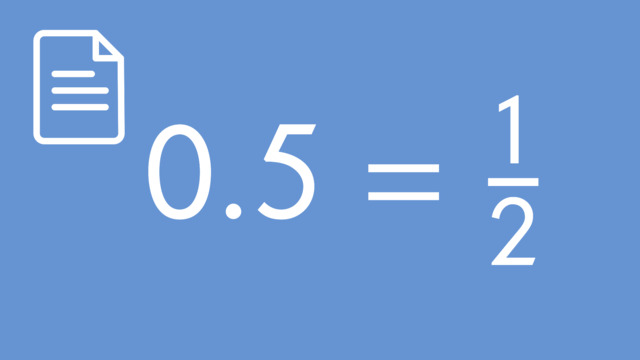
How to Convert Decimals Expansions

Multiplication with Exponents

Improper Fractions and Mixed Numbers

Multiplying Mixed Numbers: Word Problems
















